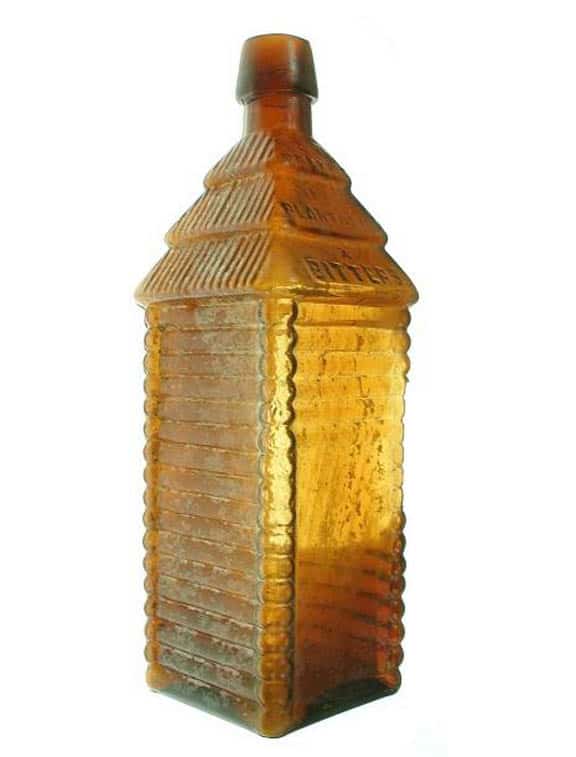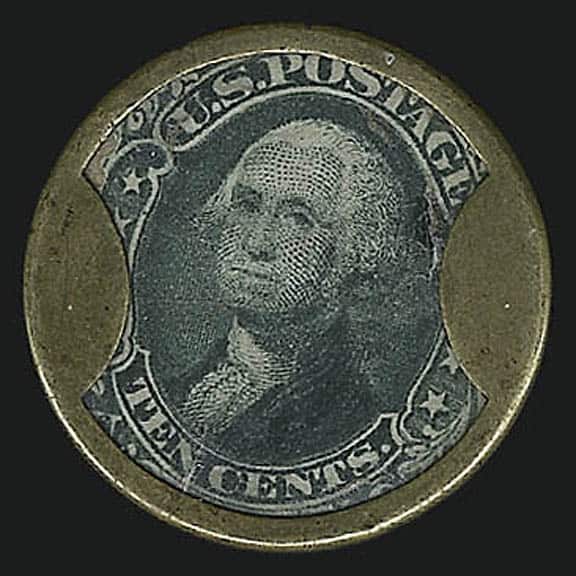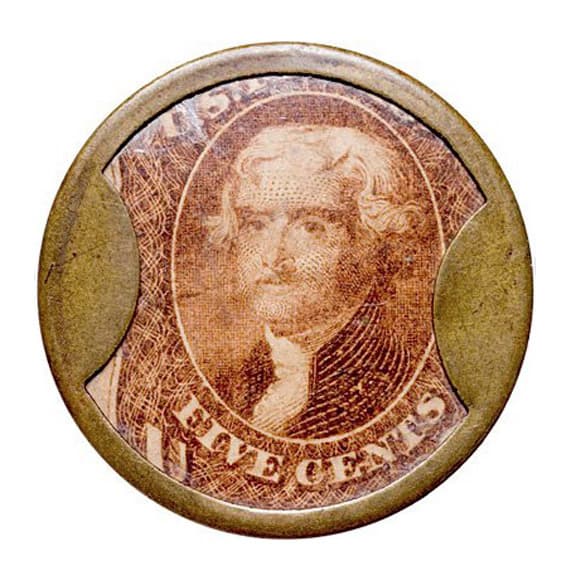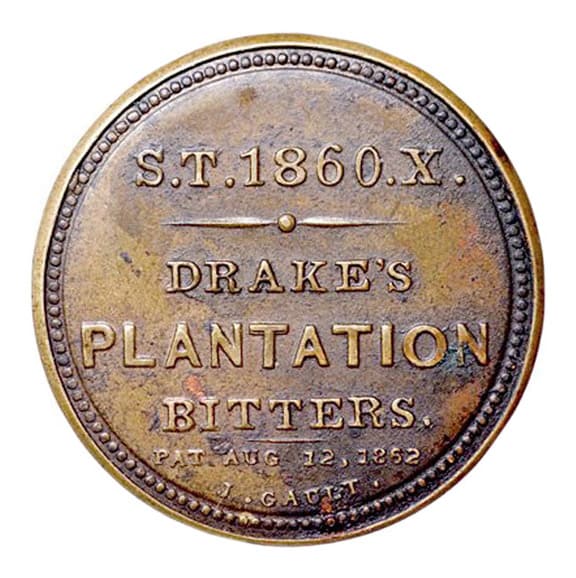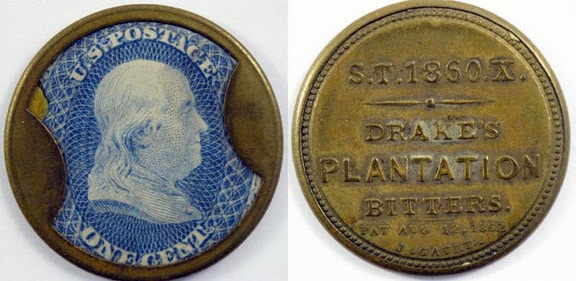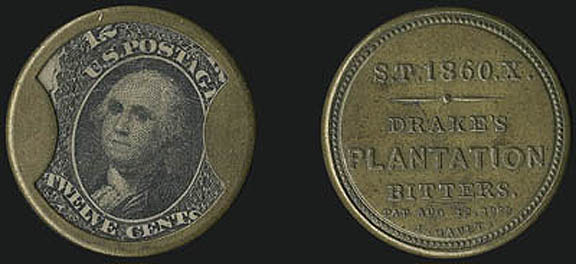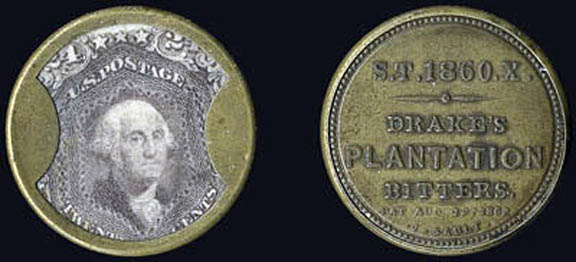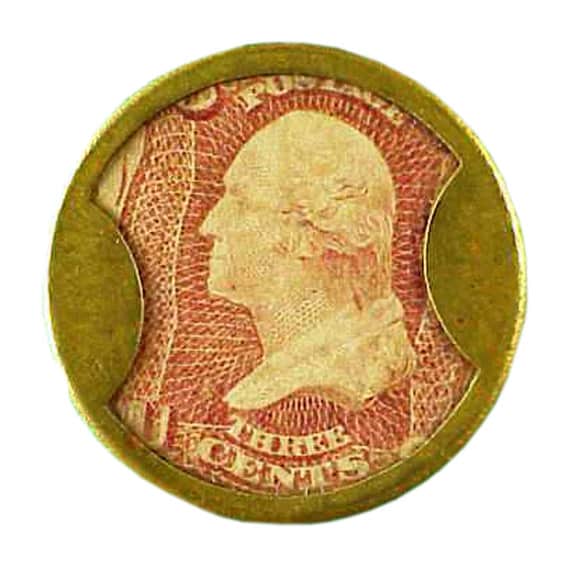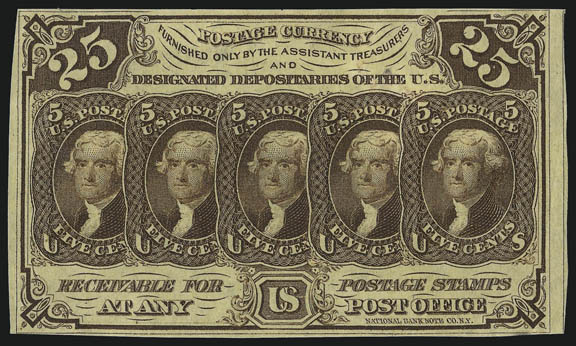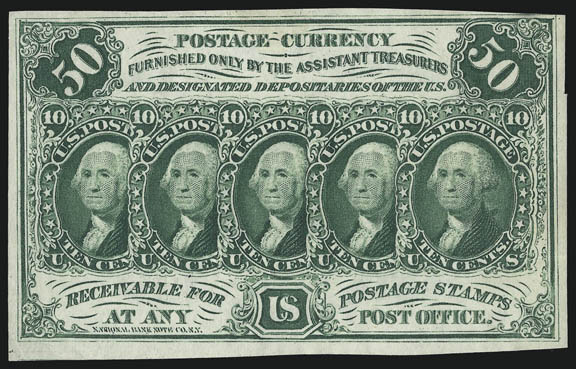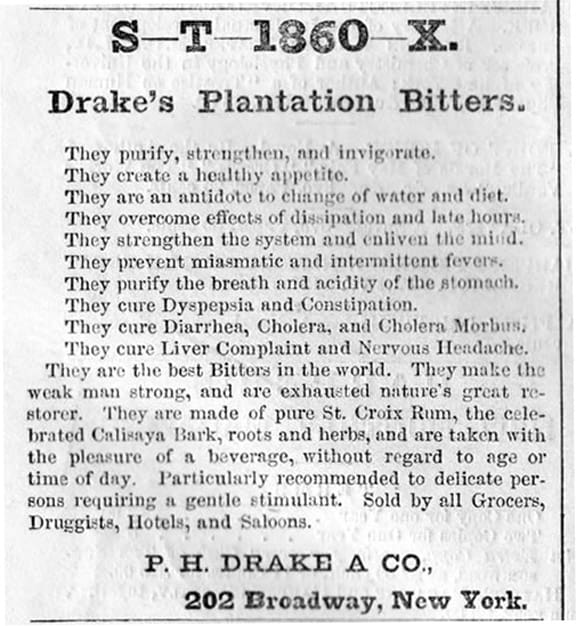Drakes Plantation Bitters – Encased Postage
19 December 2011
![]() There have been two (2) posts regarding Drakes Plantation Bitters this week (see…One of the Crudest Drakes You Will Ever See at PRG and Bottle of the Week 12~11~11, Straw Yellow Drakes Plantation Bitters at RicksBottleRoom.com) prompting a little poking around on the internet. This led me to Encased Postage for Drakes Plantation Bitters. I have posted a definition and a few images.
There have been two (2) posts regarding Drakes Plantation Bitters this week (see…One of the Crudest Drakes You Will Ever See at PRG and Bottle of the Week 12~11~11, Straw Yellow Drakes Plantation Bitters at RicksBottleRoom.com) prompting a little poking around on the internet. This led me to Encased Postage for Drakes Plantation Bitters. I have posted a definition and a few images.
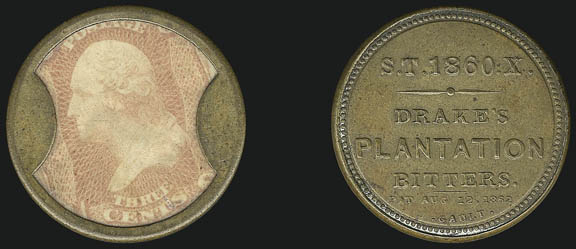 Encased Postage
Encased Postage
In early 1862, just months after the American Civil War erupted, people predicted the hard times and shortages looming ahead and began hoarding resources, coins included. Many millions of dollars in gold and silver coins and even copper-nickel cents disappeared from the market as a result of this hoarding. Coins consequently commanded a premium over paper money.
The U.S. Mint soon coined copper-nickel cents almost exclusively, but demand exceeded supply. A resourceful public then used postage stamps as currency for small obligations, a situation that forced shopkeepers to accept stamps as change. Envelopes stating the amount of stamps contained within and cards bearing stamps were sometimes used to keep the stamps from sticking and being destroyed, and printers sold advertisements on large numbers of these envelopes. The government authorized the monetizing of postage stamps by July 1862 and soon began printing stamp impressions on bank note paper.
On August 12, 1862, John Gault received a patent for his ‘Design for Encasing Government Stamps’—that is, a design for encasing stamps for use as currency. Gault’s plans called for the corners of a postage stamp to be wrapped around a cardboard circle. A thin, transparent piece of mica covered the stamp, and an outer metal frame held these items secure. A heavier brass backing, suitable for advertising purposes, completed the piece. The size of a quarter but much lighter in weight, the object encased stamps from the 1861 issue-the 1-cent, 3-cent, 5-cent, 10-cent, 12-cent, 24-cent, 30-cent, and 90-cent. Gault sold his encased postage at a small markup over the value of the enclosed stamp and the cost of production.
Gault’s enterprise ended on August 21, 1862, when the government issued postage currency in 5-cent, 10-cent, 25-cent, and 50-cent denominations. The government issued fractional currency the next year. Increased production of brass and copper-nickel coinage in 1863 also undermined Gault. Still, encased postage proved very popular because it solved the major problems of stamp damage and the necessity of opening stamp envelopes to count the contents. At least thirty companies took advantage of the advertising possibilities with ads stamped on the brass backing. Perhaps $50,000 or a little more in encased postage eventually was sold and circulated, not nearly enough by itself to solve the nation’s small change crisis. Of the approximately 750,000 pieces sold, only 3,500-7,000 are believed to have survived.
Definition provided by Arago – James E. Kloetzel

